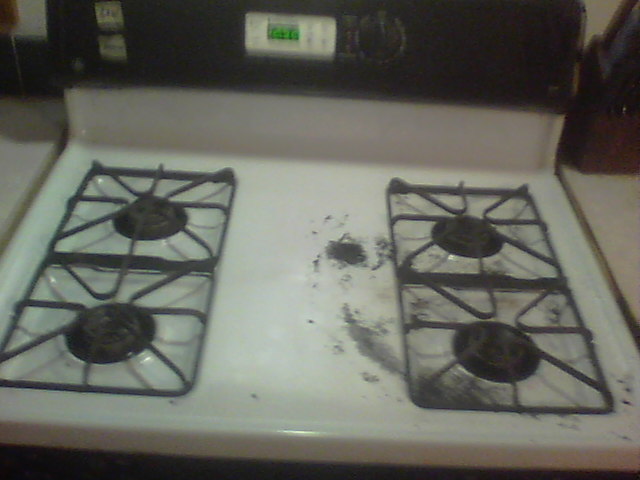Obese Chess
Well-Known Member
I am aware that this has been asked many times, I'm just looking for guidance as I haven't found anything pertaining to my specific situation. I have been advised to invest in an outdoor propane burner for all-grain brewing, but I live in the pacific northwest where it rains more than half of the year and, perhaps more importantly, I don't really like the idea of lugging propane tanks back and forth - just a totally irrational fear I have of them exploding, honestly. That, plus I just don't want to keep buying equipment until I'm really, really sure I want to continue to pursue this hobby, and if I spend any more money it'll make sense for me to just go out and get an electric kit like an Anvil Foundry or something.
That said - I am looking to do my first all-grain batch, 5 gallons, this coming weekend. I have a large, 5-burner gas grill with one burner putting out 20,000 BTU, this one specifically if it matters: https://products.geappliances.com/appliance/gea-specs/P2B940SEJSS.
In testing my equipment this weekend, it looks like I can get my strike water up to 165 in about 15-20 minutes on the front "high power" burner in a 5-gallon SS kettle. I plan to get an 10-gallon aluminum stock pot, possibly one of the shorter and wider ones rather than the taller and more narrow ones so that I can stick it over more than one burner. Is this getting my wort up to a boil going to be an absolutely arduous, horrible process to the point that I should just invest in a propane burner, or am I going to be fine?
Thanks!
That said - I am looking to do my first all-grain batch, 5 gallons, this coming weekend. I have a large, 5-burner gas grill with one burner putting out 20,000 BTU, this one specifically if it matters: https://products.geappliances.com/appliance/gea-specs/P2B940SEJSS.
In testing my equipment this weekend, it looks like I can get my strike water up to 165 in about 15-20 minutes on the front "high power" burner in a 5-gallon SS kettle. I plan to get an 10-gallon aluminum stock pot, possibly one of the shorter and wider ones rather than the taller and more narrow ones so that I can stick it over more than one burner. Is this getting my wort up to a boil going to be an absolutely arduous, horrible process to the point that I should just invest in a propane burner, or am I going to be fine?
Thanks!





